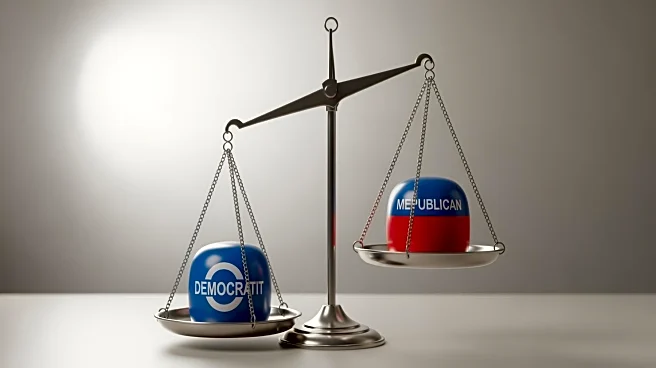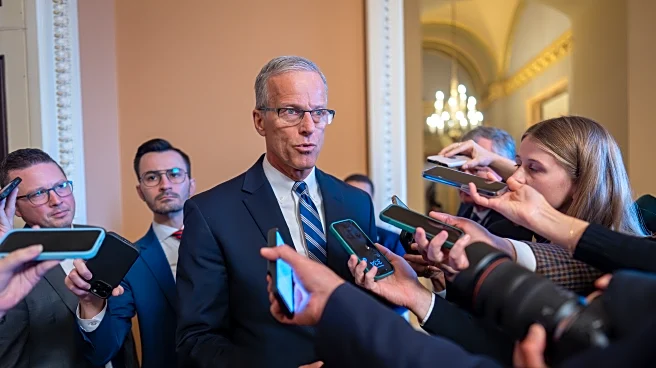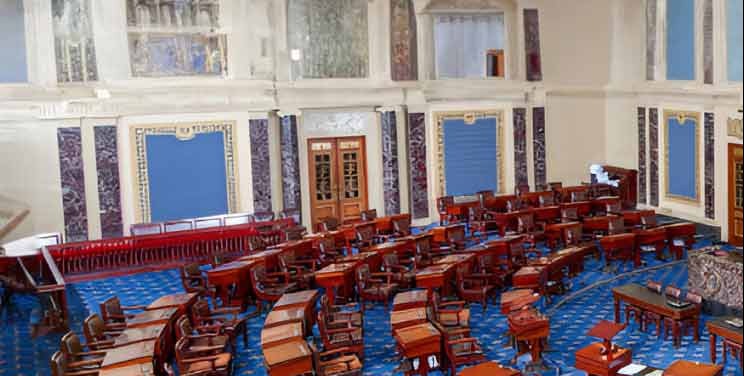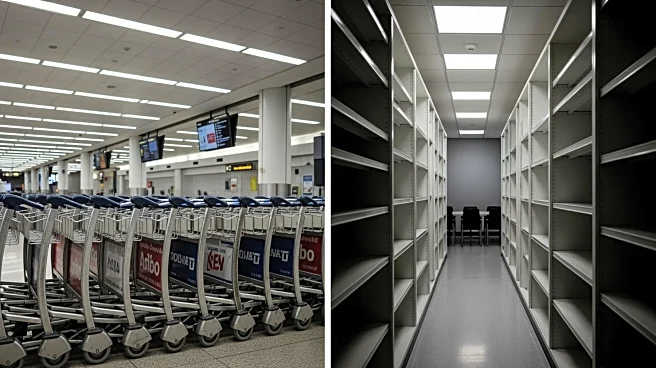What's Happening?
After 40 days of a government shutdown, a bipartisan group of Senate Democrats and Republicans has reached a deal to reopen the government. The agreement marks a significant step towards resolving the shutdown, although
it faces opposition due to its lack of provisions for reducing health care costs. The shutdown has affected various government operations and services, creating urgency for a resolution. The bipartisan effort reflects a willingness to compromise, although the absence of health care cost reductions remains a contentious issue among some lawmakers.
Why It's Important?
The government shutdown has had widespread impacts, disrupting federal services and affecting employees and citizens reliant on government operations. The Senate's move to end the shutdown is crucial for restoring normalcy and ensuring the continuity of essential services. However, the debate over health care costs highlights ongoing challenges in addressing key policy issues. The resolution of the shutdown may provide temporary relief, but the underlying disagreements on health care could influence future legislative negotiations and impact public policy decisions.












